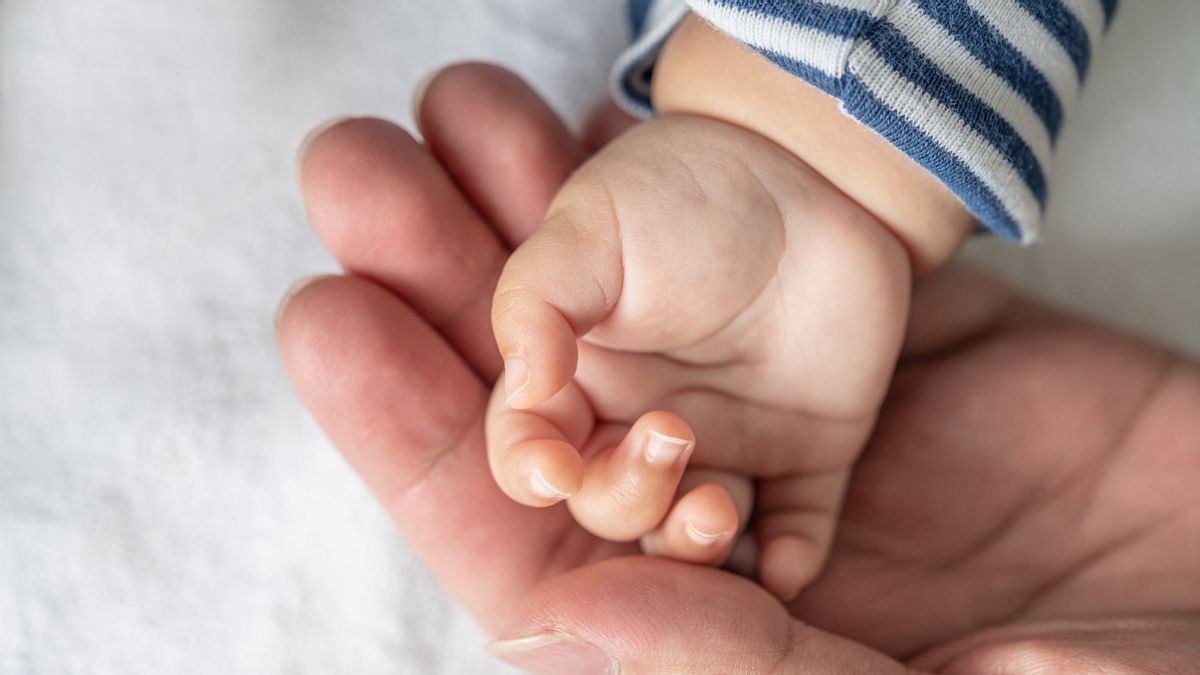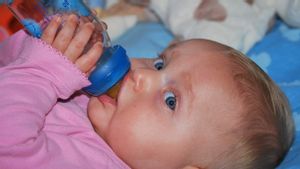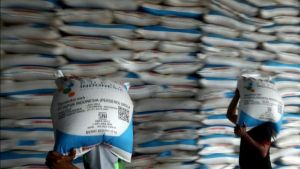
YOGYAKARTA A baby that is fat, maybe will be adorable and look healthy. However, it is important for parents to know what baby fat or baby fat is like pillow bread on the baby's feet or arms.
Baby fat or baby fat basically provides warmth and plays an important role for infants and toddlers, explains Mollie Greves Grow, MD., Ph.D., professor of pediatrics at the University of Washington/Seatutle Children's Hospital. Although baby fat is very important to thrive, there is a limit on how much fat each child has.
The weight of the newborn baby will quickly increase in the first few weeks or months of his life. Most in the form of fat, called adipose tissue. Like adorable bread, the legs and arms will look bigger because many important tissues are accumulated. Launching VerywellFamily, Thursday, October 12, there are two kinds of baby fats. Namely brown fats that help regulate body temperature and white fats that store energy.
The brown adipose network, accumulated on the back, shoulders, and forms about 5 percent of the baby's body mass. White fat has a larger percentage of the baby's weight or about 15 percent. After being born and aged several months, the baby's weight struggles very quickly because of the high fat in the food. Breast milk contains 50 percent calories in fat form. The fat in breast milk requires babies to increase brain growth, explained a child dietist at the Cincinnati Children's Hospital Medical Center, Amy Reed, MS., RD., CSP., LD.
The reason why [baby fat] looks prominent is because its proportion of body changes in line with its growth. For example, the baby's head length is about 1/4 and its body length as it grows, about 1/6. Foot proportion to the groin is also the same, changing drastically from baby to adult. That's why they look fat, "explained Ari Brown, MD, a pediatrician in Austin, Texas.
Addipose tissue, keeping the baby's body warm and growing well. If the number is right, it helps provide energy and maintain the immune system. After the age of 2 years, babies start eating foods with a little fat, and when they enter kindergarten, they will throw away most of the baby fat'' that we relate to babies and toddlers. Increased physical activity and independence also plays a role.
"When babies start moving and become more active in toddlers, they tend to become slimmer," Reed said.
The percentage of baby's body fat usually begins to decline at the age of about 1 year, then continues to decline until the index of body mass is lowest, around the age of 4 to 5 years. Children tend to be the slimmer at that age, says Dr. Grow.
At the time, it was normal for children's ribs to be visible, and then they would start to see an increase in body fat again as they begin to bloom, around the age of 9 to 12 years.
So, is baby fat or baby fat an ideal limit? In general, babies should not have too much fat. Therefore routine examinations need to be carried out so that pediatricians monitor growth and increase weight.
"We always measure their weight, length, and height at every visit to ensure they stay on the percent curve," said Dr. Brown.
관련 항목:
Through the explanation above, parents need to understand, what is more important than the amount of weight a baby has is to keep its growth stable. When a baby experiences weight loss or a slow weight gain, it is at risk of a loss of weight. Weight loss will affect brain and overall growth.
The English, Chinese, Japanese, Arabic, and French versions are automatically generated by the AI. So there may still be inaccuracies in translating, please always see Indonesian as our main language. (system supported by DigitalSiber.id)












